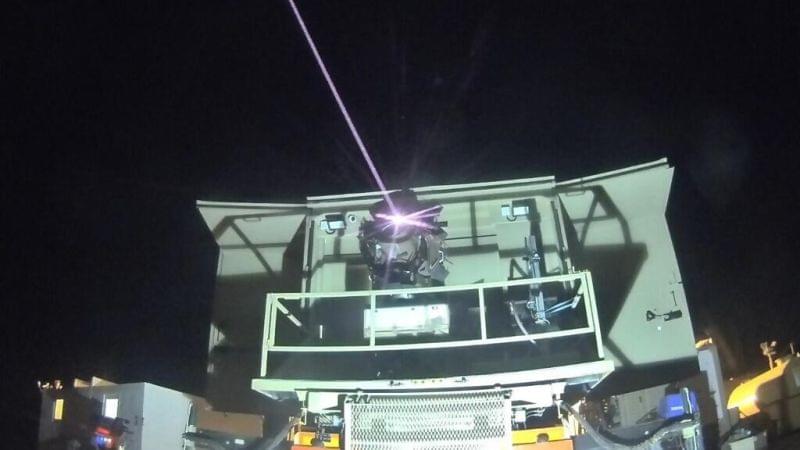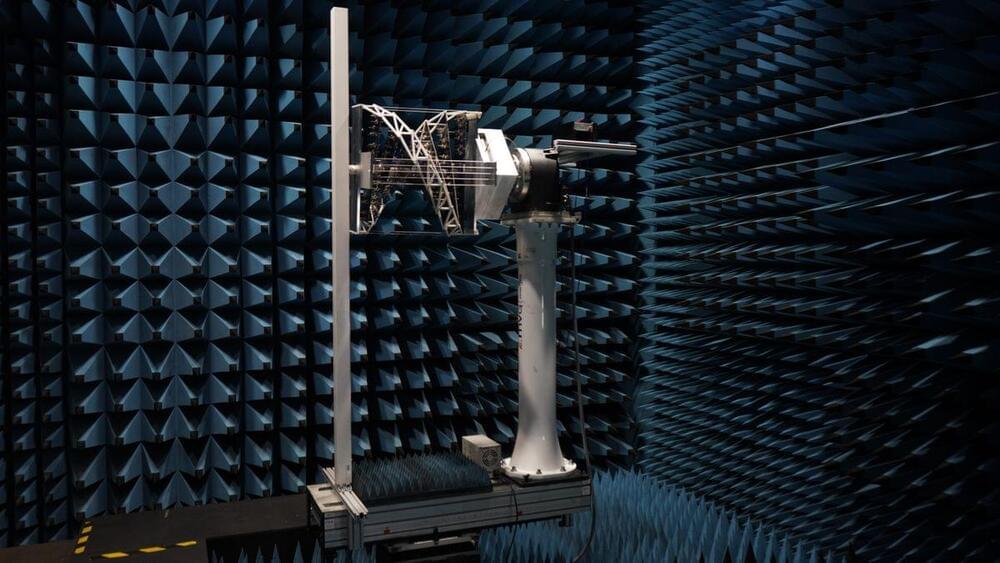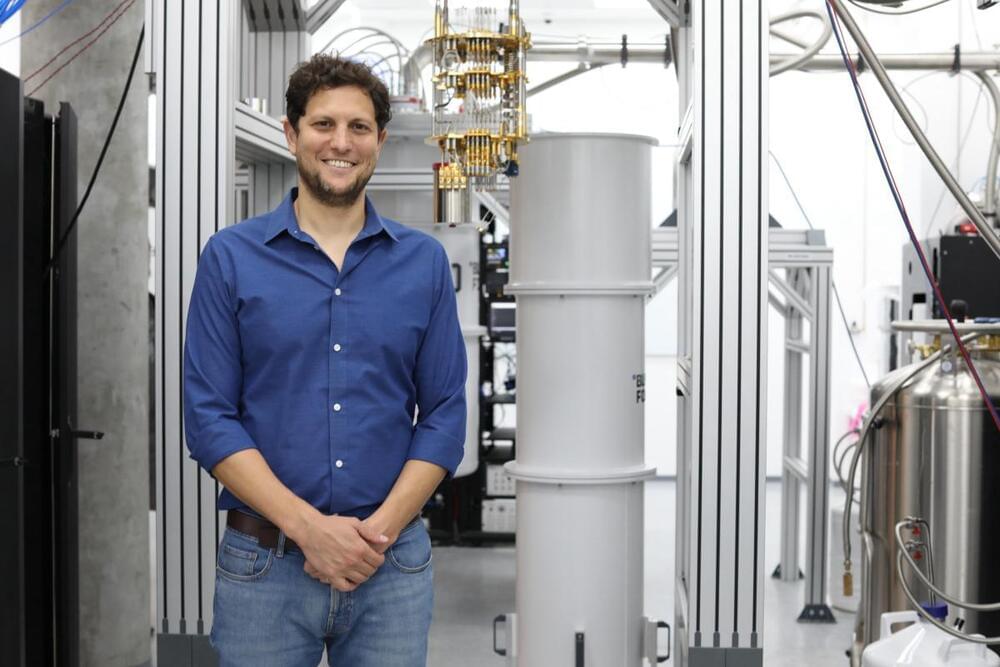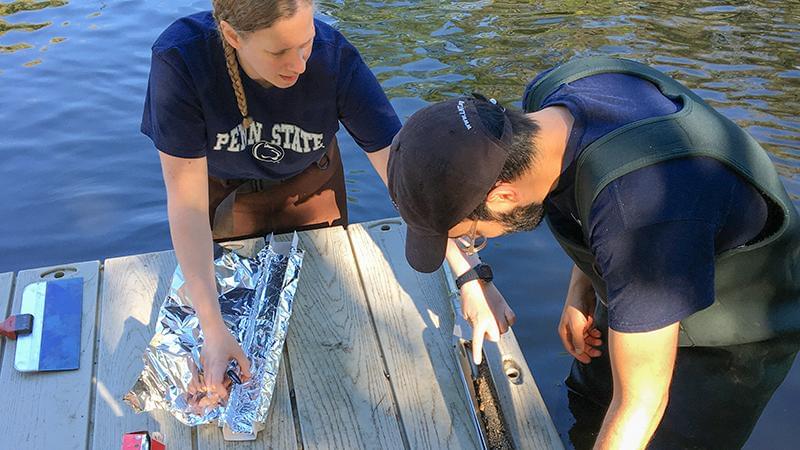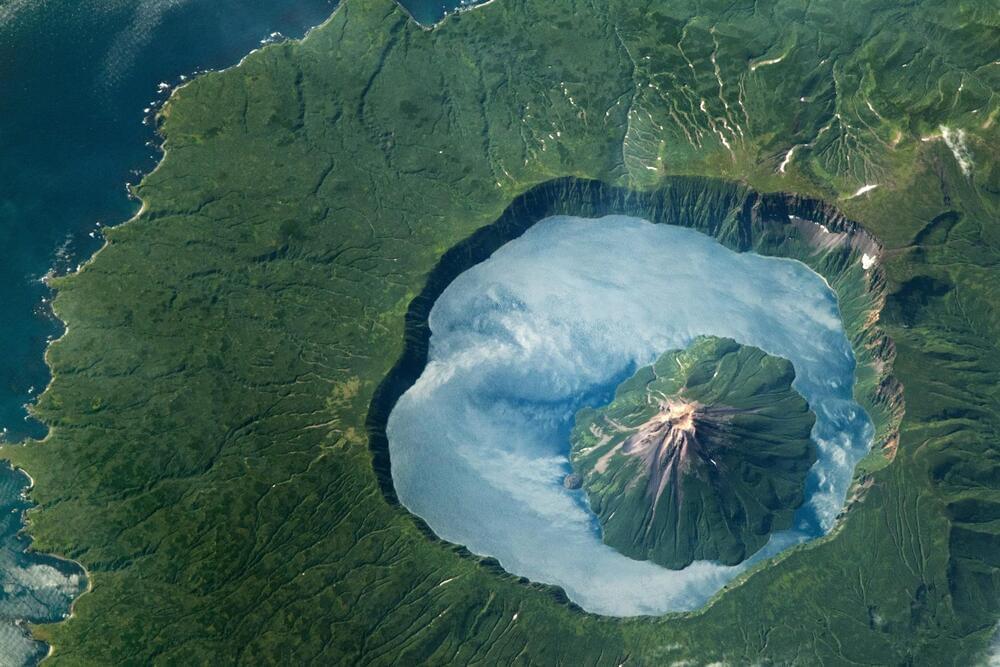As some UAVs from Hezbollah and other Iranian proxies keep evading Israel’s air defenses, tech execs say detection is the first step to remedying this defensive weakness.
Israel expects its “Iron Beam” laser defense system to be operational within one year, saying it will bring “a new era of warfare” as it engages in a war of drones and missiles with Iran and its regional partners.
The Jewish state spent more than $500 million on deals this week with Israeli developers Rafael Advanced Defense Systems, architect of Israel’s Iron Dome, and Elbit Systems to expand production of the shield. Dubbed the Iron Beam, the shield aims to use high-power lasers to counter an array of projectiles, including missiles, drones, rockets and mortars, Israel’s defense ministry said this week.
“It heralds the beginning of a new era in warfare,” Eyal Zamir, director general of the defense ministry, said in a statement this week. “The initial capability of the ground-based laser system… is expected to enter operational service within one year,” he said.
AI generated visual effects could be a game changer in the film industry. But the emerging field is mired in copyright issues.
Disney is adding another layer to its AI and extended reality strategies. As first reported by Reuters, the company recently formed a dedicated emerging technologies unit. Dubbed the Office of Technology Enablement, the group will coordinate the company’s exploration, adoption and use of artificial intelligence, AR and VR tech.
It has tapped Jamie Voris, previously the CTO of its Studios Technology division, to oversee the effort. Before joining Disney in 2010, Voris was the chief technology officer at the National Football League. More recently, he led the development of the company’s Apple Vision Pro app. Voris will report to Alan Bergman, the co-chairman of Disney Entertainment. Reuters reports the company eventually plans to grow the group to about 100 employees.
“The pace and scope of advances in AI and XR are profound and will continue to impact consumer experiences, creative endeavors, and our business for years to come — making it critical that Disney explore the exciting opportunities and navigate the potential risks,” Bergman wrote in an email Disney shared with Engadget. “The creation of this new group underscores our dedication to doing that and to being a positive force in shaping responsible use and best practices.”
British startup plans to supply solar power from space to Icelanders by 2030, in what could be the world’s first demonstration of this novel renewable energy source.
The space solar power project, announced on Monday (Oct. 21), is a partnership between U.K.-based Space Solar, Reykjavik Energy and Icelandic sustainability initiative Transition Labs.
About a year and a half ago, quantum control startup Quantum Machines and Nvidia announced a deep partnership that would bring together Nvidia’s DGX Quantum computing platform and Quantum Machine’s advanced quantum control hardware. We didn’t hear much about the results of this partnership for a while, but it’s now starting to bear fruit and getting the industry one step closer to the holy grail of an error-corrected quantum computer.
In a presentation earlier this year, the two companies showed that they are able to use an off-the-shelf reinforcement learning model running on Nvidia’s DGX platform to better control the qubits in a Rigetti quantum chip by keeping the system calibrated.
Yonatan Cohen, the co-founder and CTO of Quantum Machines, noted how his company has long sought to use general classical compute engines to control quantum processors. Those compute engines were small and limited, but that’s not a problem with Nvidia’s extremely powerful DGX platform. The holy grail, he said, is to run quantum error correction. We’re not there yet. Instead, this collaboration focused on calibration, and specifically calibrating the so-called “π pulses” that control the rotation of a qubit inside a quantum processor.
UNIVERSITY PARK, Pa. — Microplastics have been steadily increasing in freshwater environments for decades and are directly tied to rising global plastic production since the 1950s, according to a new study by an interdisciplinary team of Penn State researchers. The findings provide insight into how microplastics move and spread in freshwater environments, which could be important for creating long-term solutions to reduce pollution, the researchers said.
The work is available online now and will be published in the December issue of Science of the Total Environment.
“Few studies examine how microplastics change over time,” said Nathaniel Warner, associate professor of civil and environmental engineering and the corresponding author on the paper. “Ours is one of the first to track microplastic levels in freshwater sediment from before the 1950s to today, showing that concentrations rise in line with plastic production.”
An astronaut captured an enthralling image of Onekotan Island from the International Space Station, showcasing the Krenitsyna Volcano of the Kuril Islands chain.
This remarkable photo highlights geographical features like the Tsar-Rusyr caldera and its deep, reflective Kol’tsevoye Lake, which is among Russia’s deepest. The volcano’s last eruption in 1952 adds a historical layer to the viewing experience, juxtaposing the rugged terrain against the caldera’s lush, vegetated landscape.
Capturing onekotan: a stunning image from space.
A decade after the discovery of the “amplituhedron,” physicists have excavated more of the timeless geometry underlying the standard picture of how particles move.
Evolution has always been seen as a complex, random, and unpredictable process, shaping life on Earth in ways we could hardly anticipate.
But what if there’s more order to it than chaos? That’s exactly what a team of scientists is suggesting in a new study.
This research, led by Professor James McInerney and Dr. Alan Beavan from the School of Life Sciences at the University of Nottingham, hints that evolution might not be as random as we’ve long thought.

